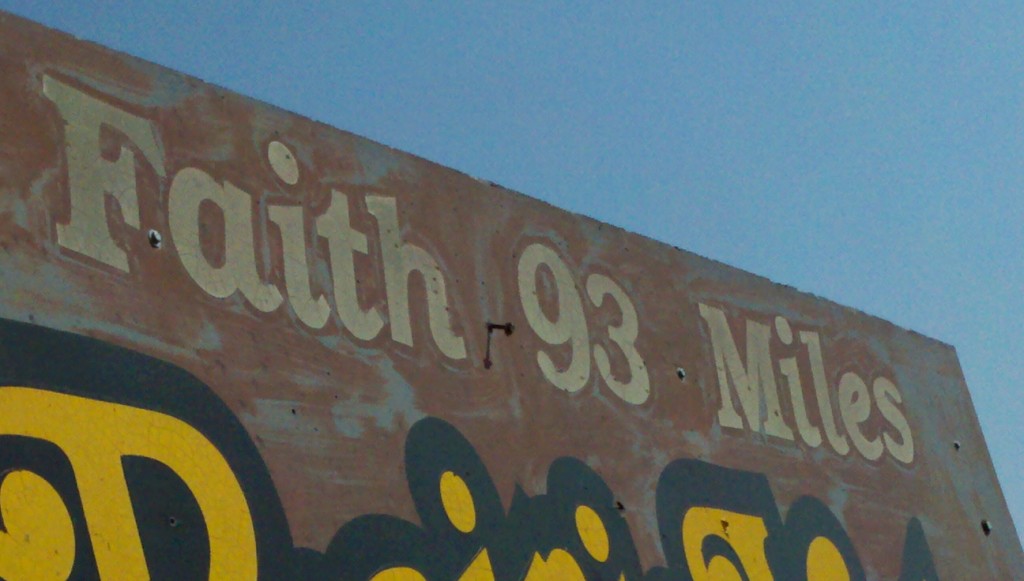You may have caught many of the Sustainability in 7 video series that Core77 ran earlier this year. I decided to create my own based on what I learned from my recent 1000 mile cycling road trip for sustainability called Ride the Talk.
1. Make a plan, then change it. My ride really taught me that being prepared (physically and physiologically) for a challenge is very important, as is having a tentative game plan. However, I learned very quickly that a plan is just that, a plan. It’s not set in stone and it shouldn’t be. Whether it’s a trip itinerary, class project, product concept or strategic business plan, remember that it is simply a guide. It’s a starting place and a way to reflect on what is working and what’s not. Be willing to flex and adapt to the challenges and opportunities that will undoubtedly arise. Doing so will keep you and your goals relevant and resilient, and it will afford you the opportunity to experience important opportunities and avoid obstacles.
2. Listen to and learn from the locals. This is probably the most useful piece of advice that I can extend. No one knows better than the folks that use it, drink it, breathe it and live it on a daily basis. I learned all about the best places to eat, the safest places to camp, the must-sees of an area and true road conditions from locals. If you are designing a product, program or service, talk to the locals, the stakeholders and the end-users. Locals know what’s happening -for better or for worse- and they will candidly tell you if they believe that you are really listening and caring about what they’re saying. This will save you time, energy and resources in countless ways. Which leads me to my next piece of advice…
3. Do it right the first time. This one is so important it needs repeating. Do it right the first time! Sometimes in the heat of the moment it seems faster and easier to just “get ‘er done.” Great but just do it right the first time or else you’ve wasted valuable time, energy, and resources. Never more than on my ride did I discover this to be true. There is nothing more exhausting than having to backtrack and do a “do-over.”
4. Be patient. Whether it’s that new product design your working on, the educational program your developing, the grant proposal your submitting, your backyard garden or climbing that next big hill: be patient. It takes time to make progress and it is challenging to realize change. But with every push and pull of the pedal and every other small action, change is happening, even if you can’t always see it immediately. Just be patient, with your self, with others and with the situation at hand.
5. Take help when you need it. This was sage advice from my friend and MCAD Sustainable Design program colleague, Denise DeLuca. As I mentioned before I left on my trip, asking for help (and taking help lent to me) is a personal challenge. This became a theme for my cycling adventure and rings true for the sustainability movement. I could not have made my trip without the generous support of family, friends and colleagues as well as the perfect strangers that helped me out and worked with me along the way. This is completely true for the sustainability movement. No one person or organization can do it alone. We all need help. Use the resources that you have at your disposal and ask for help from people and organizations that can help you achieve your goals (early and often!), whether it’s for directions or feedback on a design project.
6. Trust. This may seem crazy in this day and age but I seriously believe that trust is fundamentally at the root of positive change for people and the planet. If there was lesson I learned over and over on my cycling trip it was to believe and trust in my own capabilities, strength and determination but, even more importantly, I learned to trust in the overall “goodness” of complete strangers. What I saw through people’s actions, words, and support was that people truly want to exist in a place of generosity, to have hope for the future, to be inspired and to play a part in helping out. As sustainable designers and, more generally, as good citizens, we need to have faith in humanity, believe and revision a better world for all, and trust in each other to band together to make it happen.
7. “If you can’t get out of it, you better get into it.” This is my favorite expression of my dear friend Kate. In other words, change what you can but accept what you can’t. I can’t tell you how many times I wished my old-school bicycle had a “granny ring” which makes climbing hills a cakewalk in comparison to without. The fact of the matter is, I didn’t have a granny ring and there was nothing I could do about it when faced with the looming Black Hills of Wyoming or Spearfish Canyon in South Dakota. I needed to accept it, move on, dig deep, and get into it (even take a deep breath and enjoy it!). The alternative was to quit which was simply not an option. I am keeping this piece of advice close at hand for my next challenge with the Sustainable Design program I direct. There will always be things that I can’t change but I have the choice to accept them, make the best of the situation and move on.
